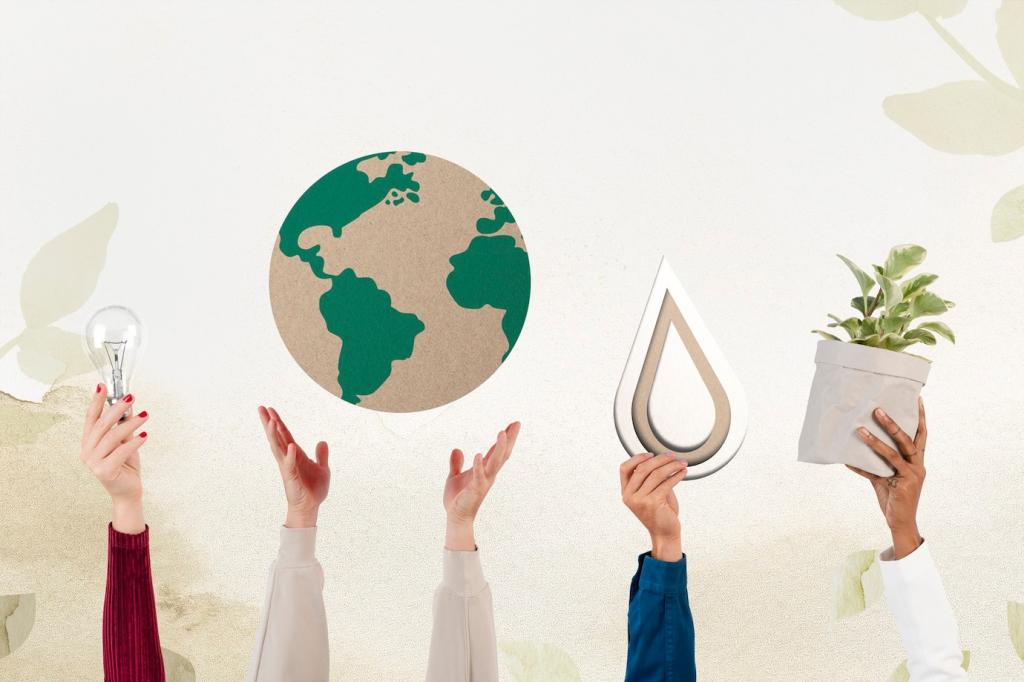
Sustainable Fashion Through the Decades: A Historical Overview
Discover how sustainability has woven its way through the history of fashion. This overview traces the evolution of sustainable practices, materials, and philosophies from early civilizations to the present day. Explore the interconnectedness of social values, environmental awareness, and technological innovation that have collectively influenced the movement towards more responsible fashion across different eras.
Natural Fibers and Traditional Techniques
In ancient Egypt, India, and China, artisans harnessed plant-based fibers like flax, cotton, and hemp, employing methods honed over generations. Techniques such as spinning, weaving, and dyeing were tailored to the properties of local materials. The processes required manual labor and fostered respect for both the resources and the craftsmanship involved, inadvertently embodying sustainable principles. Clothes were designed to last, and every scrap was repurposed, reflecting a world where scarcity mandated innovation.
Cultural Values and Clothing Longevity
For early communities across Africa, the Americas, and Asia, clothing embodied both function and spiritual meaning. Worn by everyone from laborers to royalty, garments were often imbued with symbolism, passed down through generations, and meticulously mended rather than discarded. The concept of fast fashion was absent; instead, the durability of clothing underscored a cultural emphasis on stewardship and respect for both human labor and the environment.
The Industrial Revolution: The Turning Point
Mechanization and Mass Production
The invention of spinning machines and power looms in the 18th and 19th centuries enabled rapid, scaled-up clothing production. Once handcrafted garments became scarce, replaced by standardized, industrially-produced attire. While this brought affordable fashion to wider populations, the surge in output led to increased resource extraction and pollution, setting the stage for the environmental dilemmas that would later shape sustainable fashion discourse.

The Environmental Awakening of the 1960s and 1970s
Books like “Silent Spring” catalyzed a global reckoning with human impacts on the planet. Activists began to question the cost of chemical dyes, industrial waste, and unsustainable agricultural practices in clothing production. This period marked the emergence of environmental consciousness in fashion, with discourse shifting towards responsibility for both people and the planet.
The 1960s saw a flourishing of subcultures that rejected consumerist norms. Hippie and bohemian styles championed natural dyes, recycled fabrics, handcrafted accessories, and thrifted clothing. These trends stood as protest against mass production, seeking authenticity and individuality through sustainable practices that prioritized creativity over consumption.
Movements for civil rights, feminism, and global peace intersected with concern for the exploitation of garment workers and the environment. Early calls for “ethical fashion” surfaced, prompting a minority of designers and brands to embed social responsibility and eco-friendly choices into their work. The seeds were sown for future generations to fuse ethics, ecology, and style.
The Rise of Fast Fashion and Globalization
Advancements in logistics and communication enabled fashion brands to source materials and labor from around the globe. This pursuit of lower costs drove manufacturing to regions with weaker labor and environmental protections, often resulting in exploitative practices and unchecked pollution. The fragmentation of production distanced consumers from the origins of their garments, complicating the quest for transparency.

Researchers and brands invested in new fibers such as organic cotton, bamboo, Tencel, and hemp. These alternatives aimed to reduce pesticide and water use, and to improve biodegradability. Meanwhile, closed-loop production cycles for developing recycled synthetics or “regenerative” materials like mycelium leather offered promising pathways to reducing the industry’s environmental footprint while maintaining the qualities demanded by modern consumers.

Contemporary Movements and Global Initiatives

Sustainable Fashion Weeks and Advocacy
World-renowned fashion capitals now host Sustainable Fashion Weeks, spotlighting designers dedicated to eco-friendly and ethical practice. These events amplify sustainable innovators, connect them with media and retailers, and drive global conversations around responsible consumption and production, contributing to the mainstream recognition of sustainability as a central fashion issue.

Collaboration and Industry Standards
Initiatives like the Fashion Pact and Sustainable Apparel Coalition bring together industry rivals to set collective standards and goals—such as reducing carbon emissions, improving labor conditions, and advancing circularity. Such collaborative frameworks create accountability mechanisms and encourage the sharing of best practices, driving systemic shifts that outpace change achievable by individual actors alone.

Government Policy and Global Agreements
Governments and multilateral bodies increasingly address fashion’s ecological and ethical footprint through regulations, incentives, and public procurement standards. From bans on hazardous chemicals to incentives for recycling, public policy is shaping the context in which brands operate. Global agreements like the Paris Climate Accord underscore the need for cross-border solutions and harmonized action, embedding sustainability more deeply into the regulatory and market landscape.
